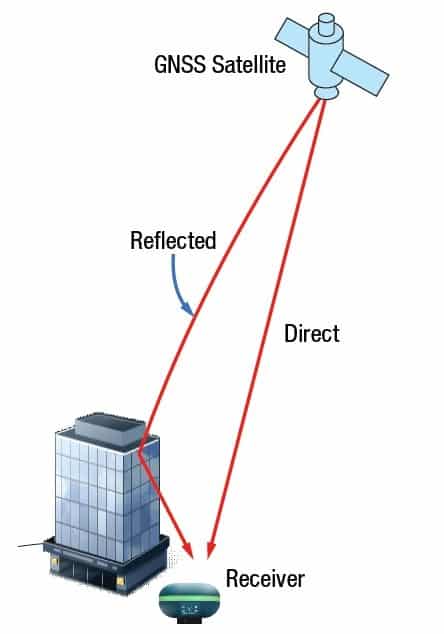Does the UNI-GR1 use the advantage of multi-path rejection, and why?
Yes, the UNI-GR1 uses multi-path rejection technology. Multi-path occurs when a GNSS-signal is reflected off an object, such as the wall of a building to the GNSS antenna. The problem here is that reflected signals travels farther to reach the antenna, so the reflected signal arrives at the receiver slightly delayed. Other factors for delays are ionospheric or tropospheric delays. The UNI-GR1 has an integrated antenna that resolve this kind of errors to provide you with the most accurate position.

Of course, in any case it’s advised to prevent measuring in high multi-path environments as it causes any receiver to lose its FIX faster or it takes a bit more time to acquire a FIX.
Want to know more about surveying with the successor; the UNI-GR2 as part of the UNI-Complete package? Click here
